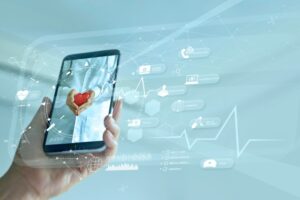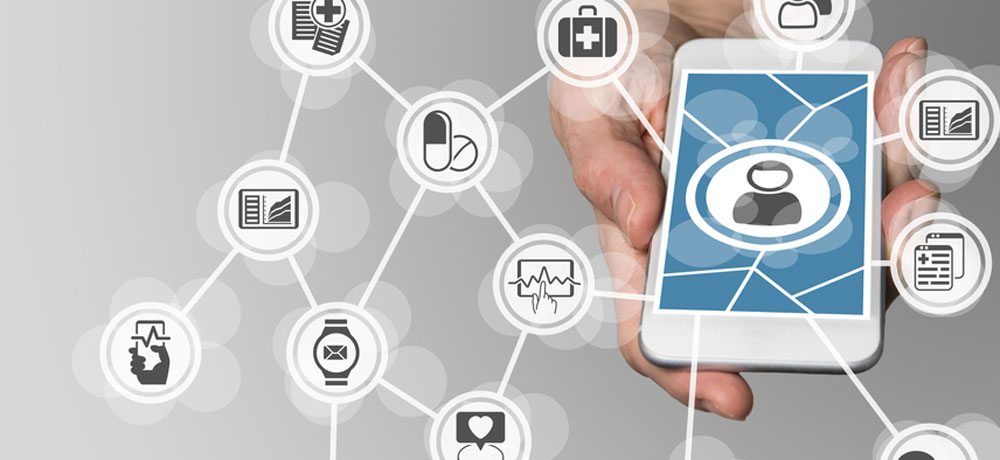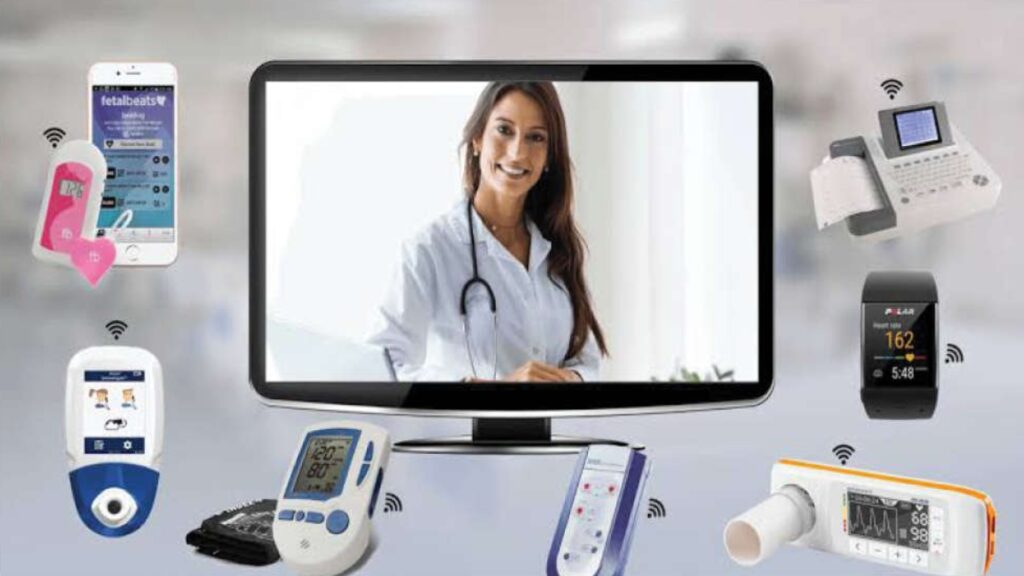Everything You Should Know Regarding Remote Patient Monitoring (RPM) In Healthcare

We often come across several words used in healthcare that make little sense to us. However, they are a vital aspect of the structure. One of them is Remote Patient Monitoring (RPM). If you are here, you must have the desire to know everything regarding it. So, let’s get started!
Remote Patient Monitoring (RPM) is assistance revolutionizing how preventive supervision is offered to people. In RPM or Remote Physiologic Monitoring, digital methods are employed to observe and get medicinal and other statistics relating to the health of the patients. They later shared such information with medical services givers for examination. Sometimes, the statistics are also utilized to make recommendations or give instructions.
In plain language, RPM is a technique of delivering healthcare employing advanced knowledge technology. In this scheme, statistics are assembled beyond the traditional settings. The details are assembled in many places, whether home, playground, educational institution, gym, office, or studio. So, this method employs varied types of machinery to reduce the gap between conventional healthcare environments and where individuals like living every day.
Benefits of Remote Patient Monitoring (RPM)

Source: gep.com
Employing the Remote Patient Monitoring (RPM) automation in the medical industry offers several advantages to the physicians and the subjects.
To the Doctors
- It provides the flexibility of access to the details of all sufferers.
- It grants enhanced patient results and adherence rates.
- Competence to deliver high-quality care with a low chance of weariness.
- It presents the perks of lessened fees and greater productivity.
Since the corporations developing the Remote Patient Monitoring (RPM) method continue to produce more promising and fresh solutions, more advantages are possible to appear in the time to come. We just have to wait and watch.
To the Subjects
- It offers a sounder, smooth, and quicker approach to healthcare.
- It facilitates enhanced character of maintenance provided.
- It gives detailed knowledge on personalized healthiness.
- Patients have relaxation of mind and more security.
- It affects their well-being via the control of health data.
- It takes the nature of learning, evaluation, and assistance to a new level.
In today’s times, individuals are witnessing an impressive rise in the number of assured, making it challenging for some people to gain access to medical care providers. It is where Remote Patient Monitoring (RPM) strides in to enhance the capability of specialists to care for more subjects. Besides raising the volume of healthcare, RPM also concentrates on quality.
It connects the physicians precisely with relevant patient statistics, making their everyday rituals more productive. As the approach is virtual, there is hardly any lethargy, resulting in only advantages and negligible disadvantages. What makes it even better is it promotes a reformed attitude by developing a strategy which keeps individuals interested and more liable for their soundness.
The Remote Patient Monitoring (RPM) schedules are distant from being strictly analytic, obscure, and appalling. Instead, this medical technology provides individuals with a relaxing and friendly environment. When there is a level of understanding, it gives birth to pleasure and increases the possibilities of engagement with subjects.
When individuals are properly occupied, they seize charge of their condition. So, instead of ignoring the suggestions of caretakers, they welcome them, enhancing their health possibilities. So, Remote Patient Monitoring (RPM) aids in keeping more and more people fit and sound.
Working on Remote Patient Monitoring (RPM) Technology

Source: validic.com
Remote Patient Monitoring (RPM) is often confused with telehealth delivery techniques. But the two are poles apart. Unlike the approaches used under telehealth delivery, RPM benefits do not consist of interactive audio-video and online interviews with the individuals. They do not require to be residing in provincial regions.
Under RPM automation, a system for gathering and interpreting physiologic details is used. Medicare also repays RMP services just like in-person clinical benefits with no further conditions relating to the use of medical care. Besides, these systems can render considerable savings by avoiding any pricey and painful health results.
Since RPM permits physicians to observe people in real-time, collect necessary data, and plan to give more useful services, it aids in tracking patients with continuing care requirements. It includes people with diabetes, asthma, hypertension, mental illness, heart disorders, and the long-lasting symptoms following COVID-19 infection and recovery.
It employs diverse materials, like weight scales, pulsation oximeters, blood stress controllers, blood glucose meters, heart meters, and technical appliances for Parkinson’s illness and dementia for stalking patient conditions. Another category of RPM instruments used to observe patient healthiness over a long period are wearables, including smartwatches and steady blood glucose controllers.
Best Remote Patient Monitoring (RPM) Companies Out There

Source: thedailyguardian.com
Since this medical care technique is becoming popular, RPM appliances are also becoming slicker and more economical. RPM accessories include glucose monitors to warn diabetes patients to take insulin, a weight controller, spirometer, and virtual blood stress monitors to permit them to deliver specialists their blood pressure and oxygen status reports.
Enterprises engaged in producing RPM apparatuses are also looking for means to promote their patient well-being, reduce costly services, and control expenditures. Here are the finest RPM solutions companies:
- ResMed
- Senseonics
- Medtronic
- Philips Healthcare
- Dexcom
- Honeywell Life Sciences
Final Thoughts
More and more fitness schemes and institutions in the US are shifting to Remote Patient Monitoring (RPM) to present their patients with sounder care at reduced costs while enhancing the results. Such supervision goes far beyond the capacity of doctors, giving rise to a steady relationship between sufferers and caretakers. It also presents them with an endless stream of real-time health statistics about their subjects.
It is speculated that by the end of 2025, over 70 million US subjects may employ RPM instruments. RPM-enabled house health scanning techniques, like tablets and other equipment, have already assisted healthcare givers in decreasing hospital readmission fines.
Remote Patient Monitoring (RPM) automation has come a long way in providing home-based supervision. It has witnessed several trends so far, and the next one is probably miniaturization. It means that currently, RPM instrument developers will focus on creating their solutions lighter and less intrusive by operating with fresh participants to grow their market percentage simultaneously.
